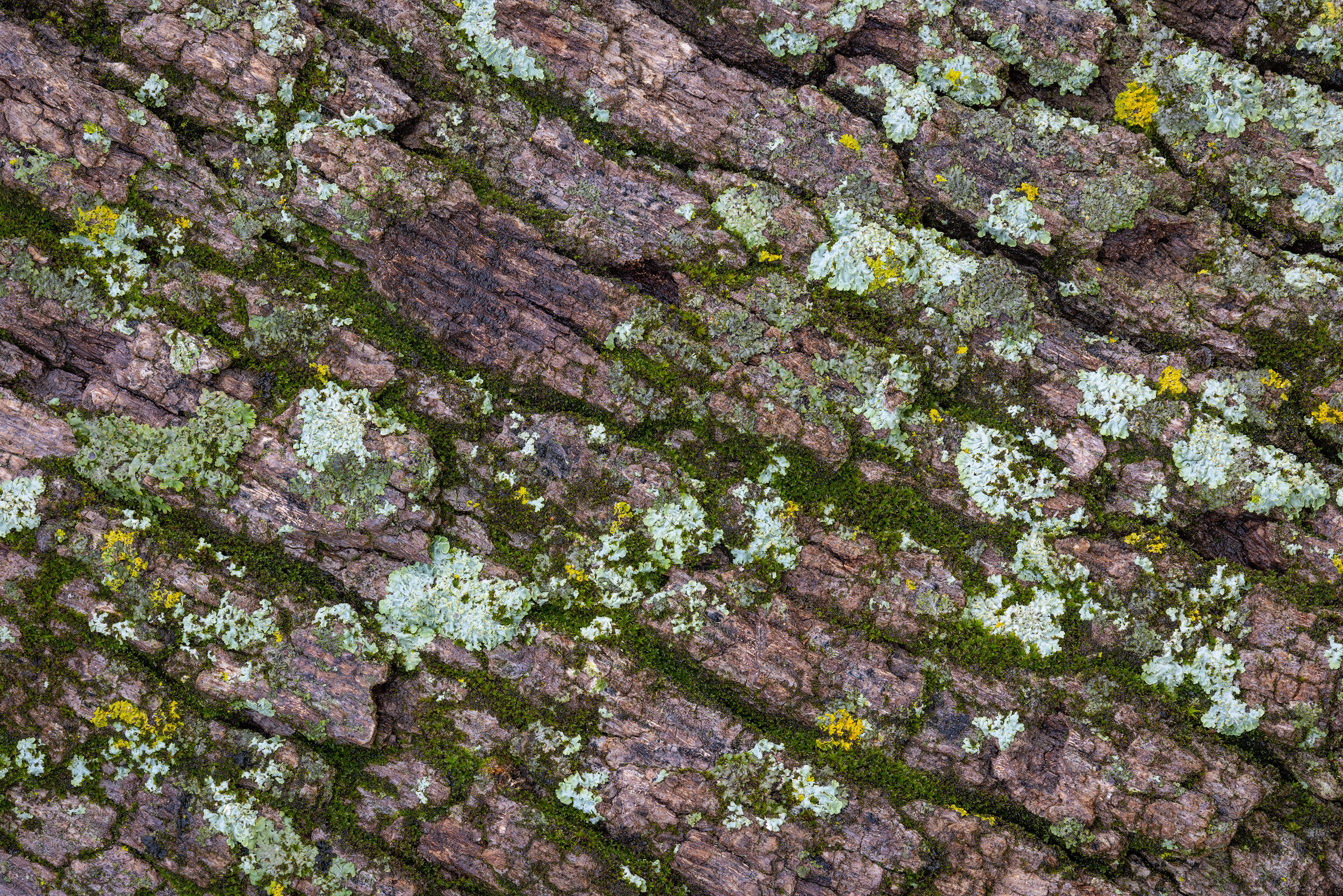Note: This is the introductory essay for my portfolio of photos from a recent trip to the central California coast. You can view the full portfolio as a free PDF ebook or as a web gallery.
Right after the holidays, we planned to head to our favorite winter place, Death Valley National Park. As our departure date neared, I started feeling increasingly hesitant about this plan. As I mentioned in our Two Perspectives: Zion National Park ebook, I badly sprained my ankle during that trip, in early November. While my ankle felt a little better with each passing week, it still hurt after doing easy things like chair yoga videos on YouTube and a little unsteady while gently walking around the neighborhood.
One of the very best things about Death Valley is the ability to explore by parking on the side of the road and heading out into the desert. With only a few maintained trails in the park, almost all of this exploring happens by walking cross-country over rocky, uneven terrain—exactly the wrong place for a wobbly ankle. As we discussed last-minute alternatives, heading to the central California coast and maybe dipping into Yosemite National Park for a few days, seemed like the best option. The weather would be fairly mild, the drive would be long but easy, and both spots would feel fresh since we hadn’t visited either place for years.
Read More









